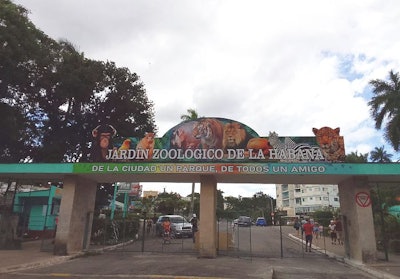
The first case of highly pathogenic avian influenza (HPAI) to be confirmed in Cuba occurred at the Jardín Zoológico de La Habana, a zoo in the capital city of Havana.
The World Organisation for Animal Health (WOAH) reported that earlier in February, that two Eurasian sparrowhawks and two Andean condors at the zoo had died, and samples taken from birds at the zoo were tested at the Centro Nacional de Sanidad Agropecuaria, which confirmed the presence of HPAI.
According to the WOAH, the zoo is composed of three zones: a lake area, a clinic area and an aviary area, but only the lake area was affected. Eighty-two birds in the lake area were culled, and disinfection procedures were implemented.
The other species of birds in the lake area to be depopulated included common guineafowl, mallards, Indian peafowl, greater flamingos and an ostrich. The WOAH report also listed 25 birds in the lake area simply as “birds,” but only 14 of those were depopulated.
In addition to the two Andean condors that died, one other condor was susceptible, as well as six Eurasian sparrowhawks. The remaining Andean Condor, which is classified as a species vulnerable to extinction by the International Union for the Conservation of Nature (IUCN), was not listed among the birds depopulated in the WOAH report.
The other birds in the clinic and aviary areas of the zoo are considered susceptible, and those areas are being monitored and biosecurity measures are being taken, according to the WOAH report.
Read our ongoing coverage of the global avian influenza outbreak.

















